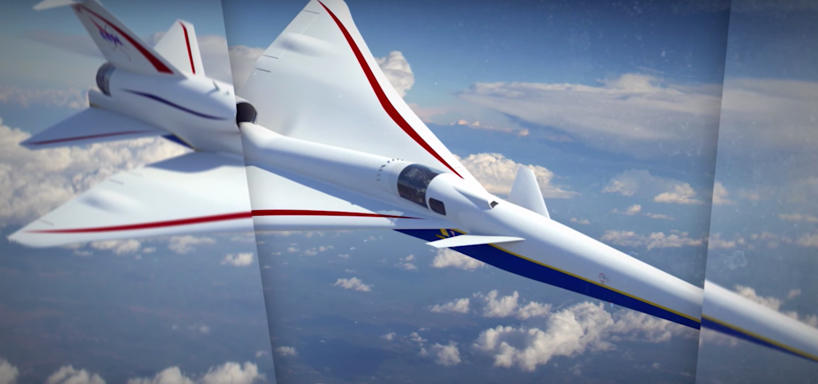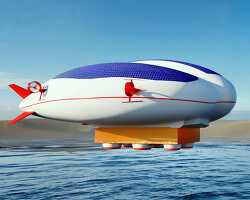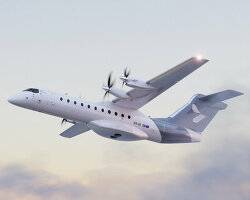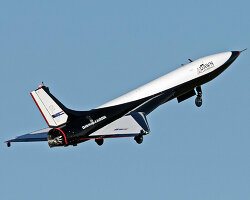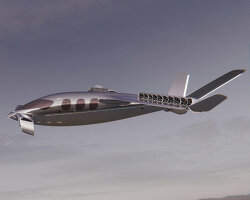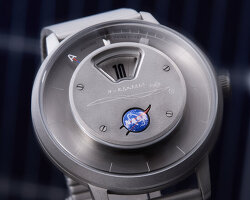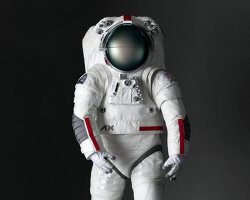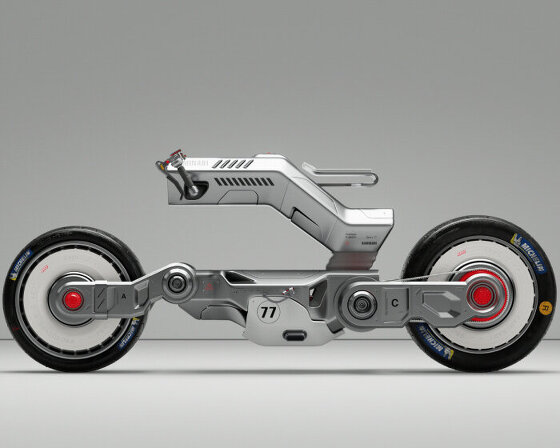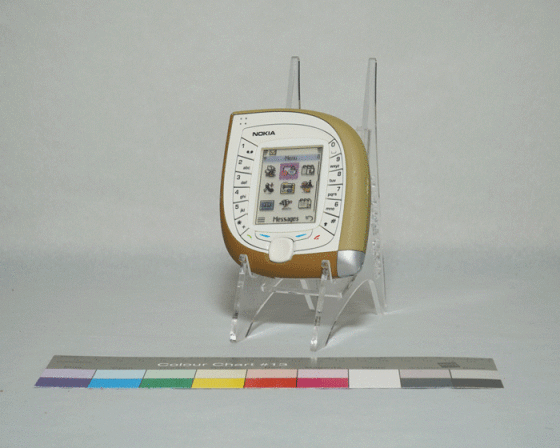KEEP UP WITH OUR DAILY AND WEEKLY NEWSLETTERS
users just plug the device, place the vinyl records upside down, and press the play button on the side to start using it.
connections: +120
before the event begins on march 3rd, we look back at the recent device models that have upgraded and modern features.
created by brazilian graphic designer braz de pina, the superbike comes in two colorways: the first in silver arrow, and the other in white with red accents.
connections: +460
a design archive at finland's aalto university shows over 700 nokia products and sketches, including unseen prototypes.
connections: 87
